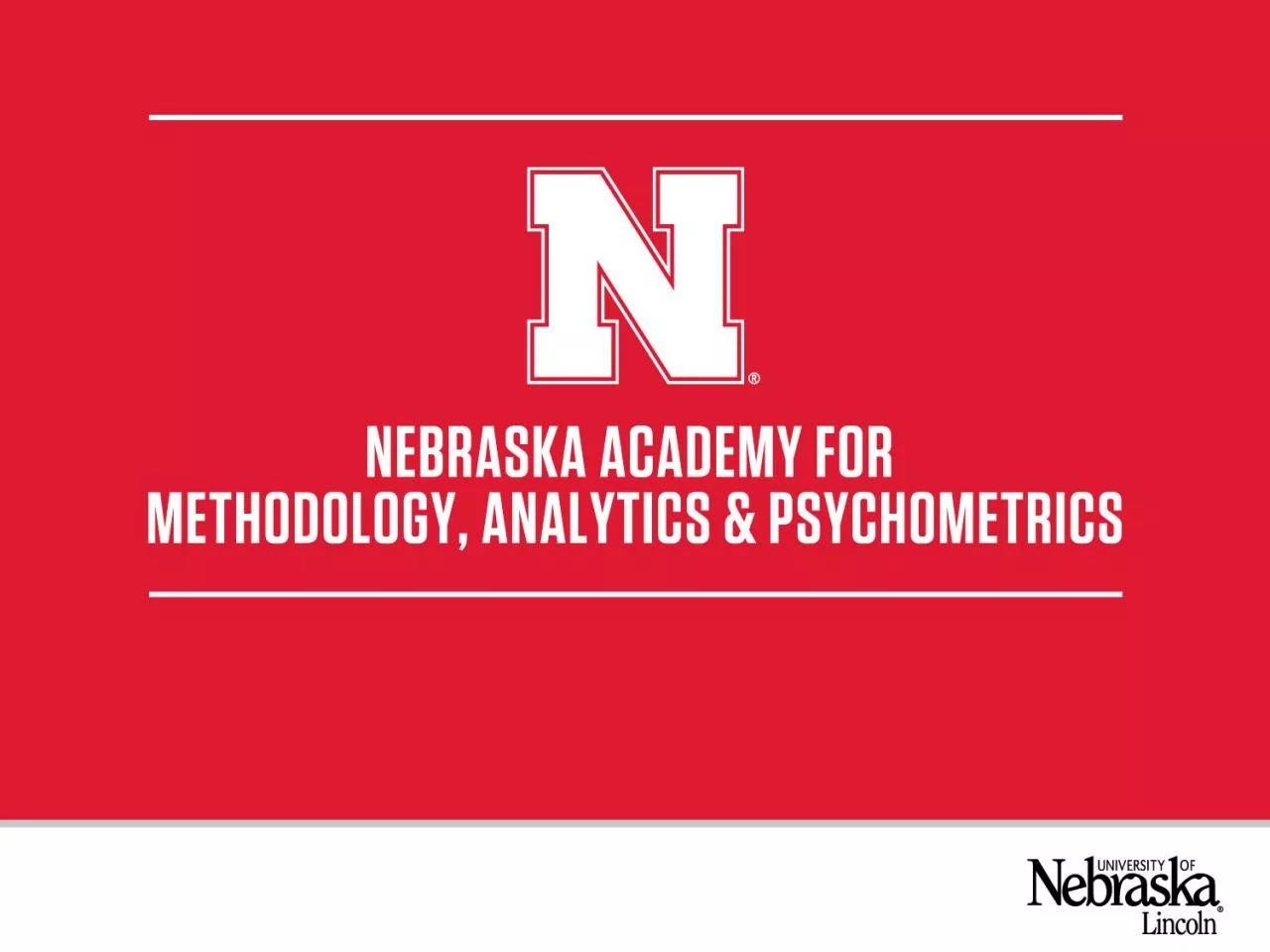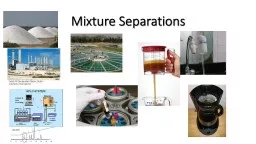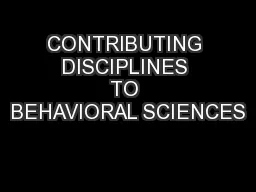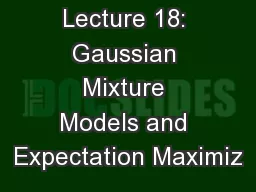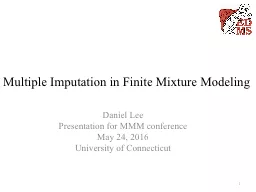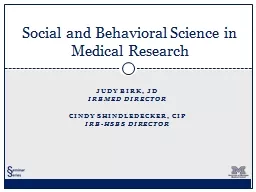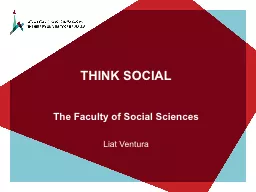PPT-Mixture models in the social, behavioral, and education sciences:
Author : oconnor | Published Date : 2023-10-29
Classification applications using M plus James A Bovaird PhD Associate Professor of Educational Psychology Courtesy Associate Professor of Survey Research amp
Presentation Embed Code
Download Presentation
Download Presentation The PPT/PDF document "Mixture models in the social, behavioral..." is the property of its rightful owner. Permission is granted to download and print the materials on this website for personal, non-commercial use only, and to display it on your personal computer provided you do not modify the materials and that you retain all copyright notices contained in the materials. By downloading content from our website, you accept the terms of this agreement.
Mixture models in the social, behavioral, and education sciences:: Transcript
Download Rules Of Document
"Mixture models in the social, behavioral, and education sciences:"The content belongs to its owner. You may download and print it for personal use, without modification, and keep all copyright notices. By downloading, you agree to these terms.
Related Documents

